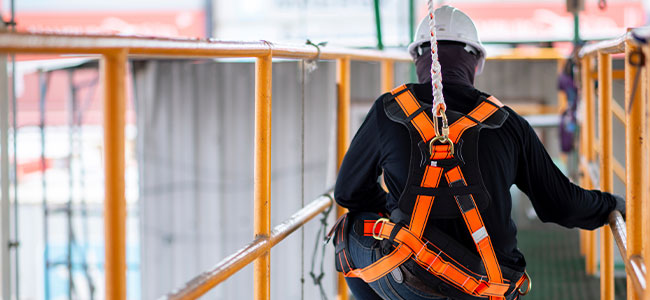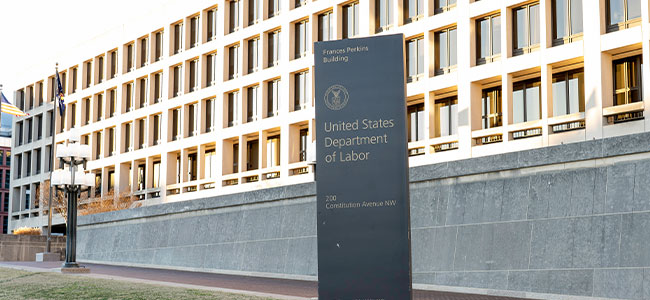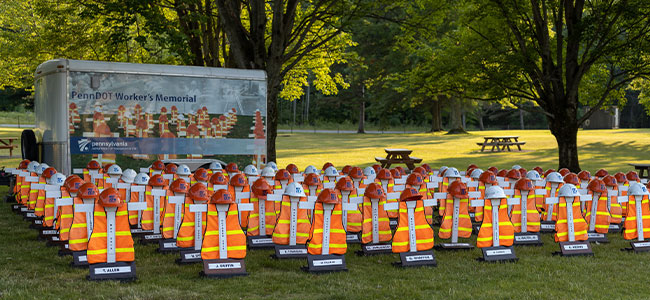
Stepping up safety for specific environmental, application and exposure risks.

Safeguarding workers in high-heat settings with the right protective clothing involves understanding a bit about heat transfer, the work being done, and the best materials and technologies for the job.

Mobile training materials help all employees keep critical safety information close at hand and make it easier for employers to maintain a safer workplace.

The virtual meeting will take place on March 21, 2024, allowing stakeholder review of the proposed rule changes.

The rule change addresses definitions, penalty and bond amounts, and fees for general and specialty contractors.

Seven states and the District of Columbia have seen increases of at least 10 percent.

More than 30 safety experts developed the standard over a three-year period.

The new regulations, effective from April 1, 2024, aim to improve public safety and align with current industry practices.

Aludyne Columbus now faces $182,344 in proposed penalties.

Roofing is one of America's most dangerous professions, necessitating enhanced safety measures to reduce the annual fatalities and accidents.

Occupational falls—often underestimated and primarily occurring at lower levels—have become the second-leading cause of worker deaths, necessitating a tailored and comprehensive approach to safety hazard mitigation across all industries.

Miners should take these recommended precautions when working near water.

OSHA has deemed Phenix Lumber Co. a “severe violator” since 2020.

Brothers Construction Services Inc. has similar citations dating back to 2011.

The Tennessee-based company allegedly employed more than 24 minors to perform hazardous tasks.

The agency has proposed penalties of $348,683 to Kenric Steel LLC.

The annual observance—which largely focuses on workplace safety—takes place on April 25, 2024.

Real estate agents face significant risks such as injuries from slips, machinery or falling objects when touring construction and renovation sites, necessitating adherence to safety tips to navigate these hazards effectively.

To meet the demands of millions relying on prescription medications, the pharmaceutical industry must prioritize enhancing chemical safety and hazard communication standards to protect its workers effectively.

While there are many physical hazards present in offshore environments, such as noise pollution, vibration, radiation and thermal extremes, oil and gas companies must stay committed to promoting employee safety with regular maintenance checks, ongoing training programs and a continued focus on employee health.